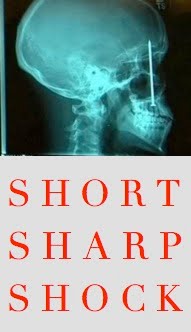Hollywood’s August
Wilson problem
In The Root, author and social critic Todd Boyd weighs in on Hollywood’s apparent allergy to the “complex, nuanced” work of the celebrated playwright August Wilson: “[A]ttempting to pitch the cinematic value of August Wilson to some superficial doofus in a Hollywood executive suite would be akin to trying to explain astrophysics to a wino.”
See Stage >>>
Spike Lee's wrenching family discovery > In Television
Wilson problem
In The Root, author and social critic Todd Boyd weighs in on Hollywood’s apparent allergy to the “complex, nuanced” work of the celebrated playwright August Wilson: “[A]ttempting to pitch the cinematic value of August Wilson to some superficial doofus in a Hollywood executive suite would be akin to trying to explain astrophysics to a wino.”
See Stage >>>
Spike Lee's wrenching family discovery > In Television


.jpg)
.jpg)
.jpg)

.jpg)
.jpg)















.jpg)
.jpg)
.jpg)
.jpg)
.jpg)
.jpg)
.jpg)
.jpg)

.jpg)

.jpg)
.jpg)